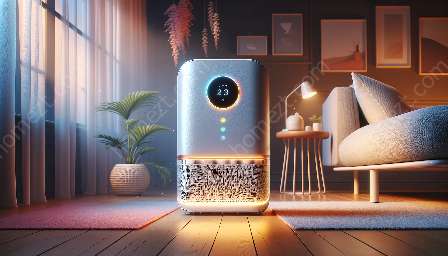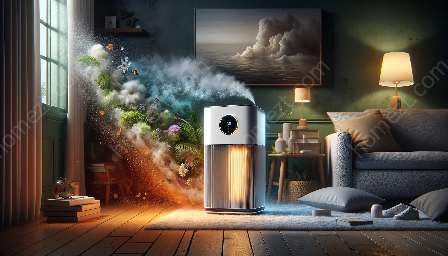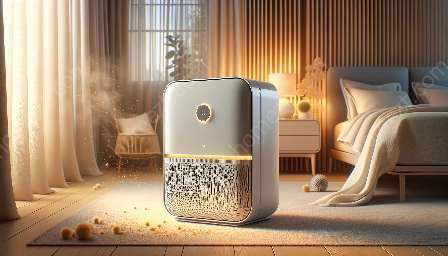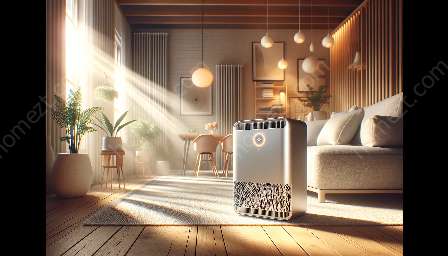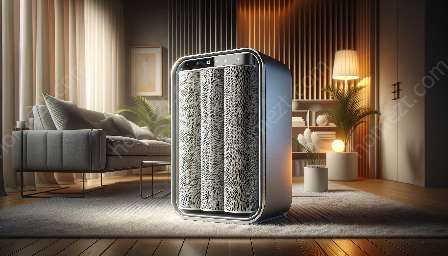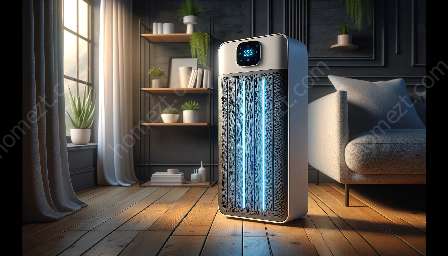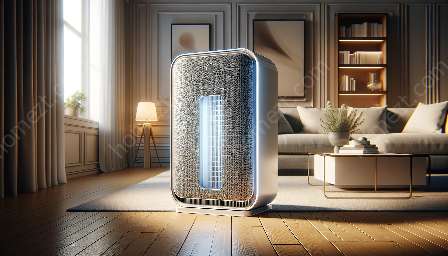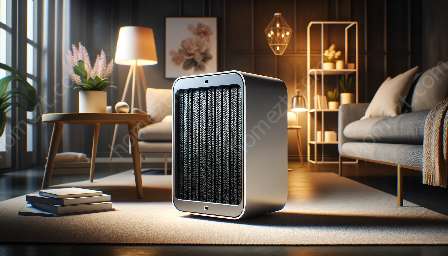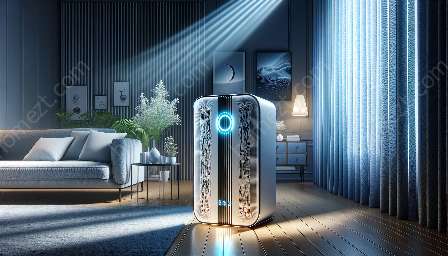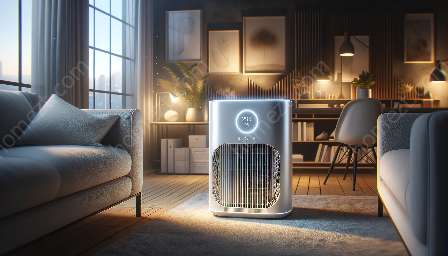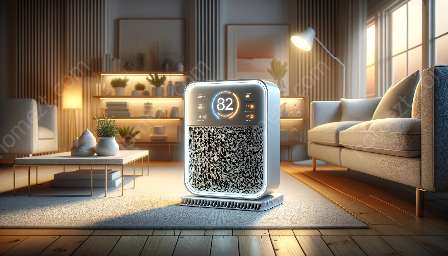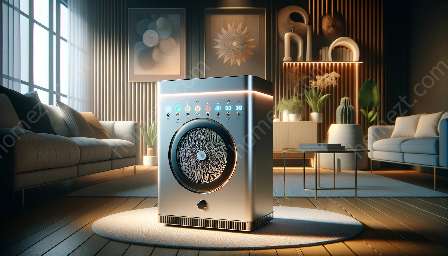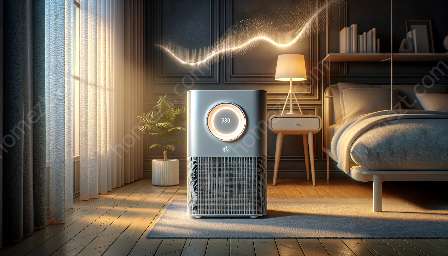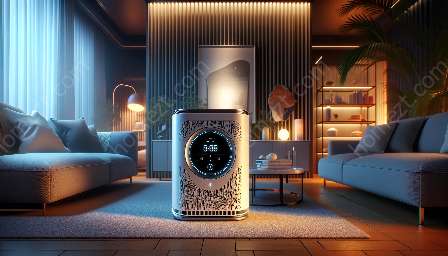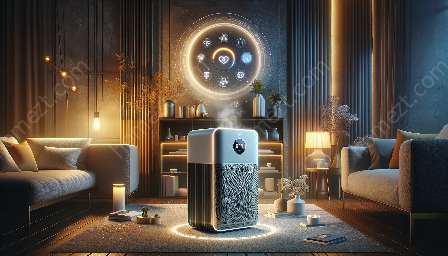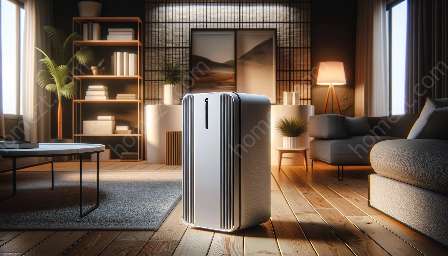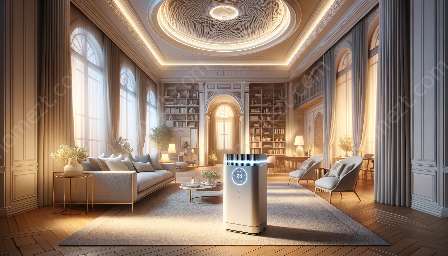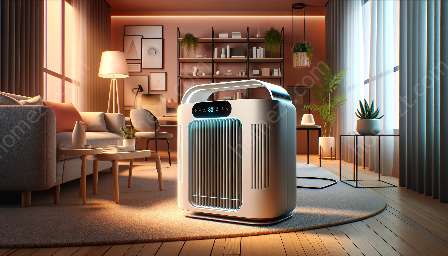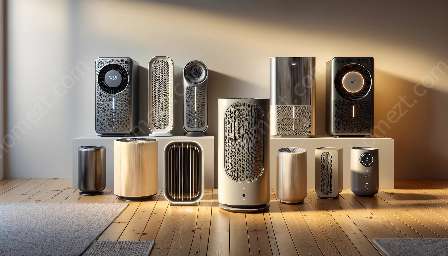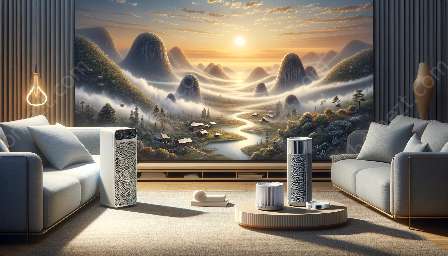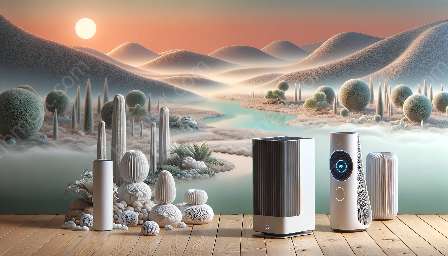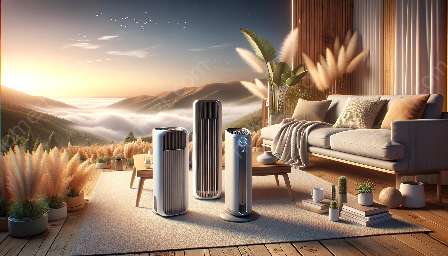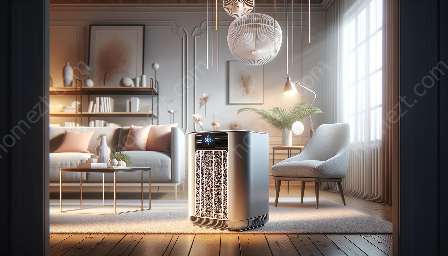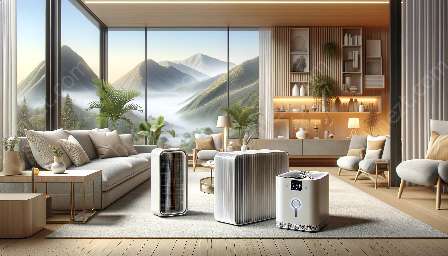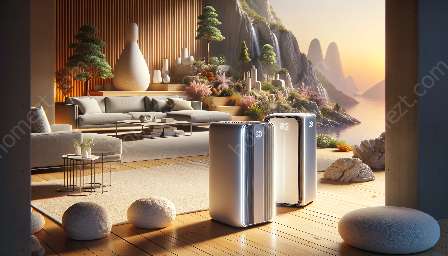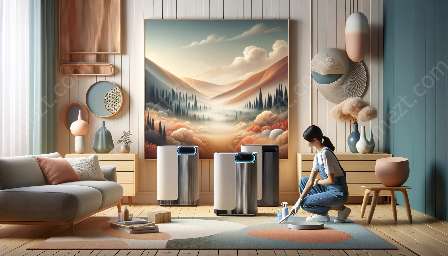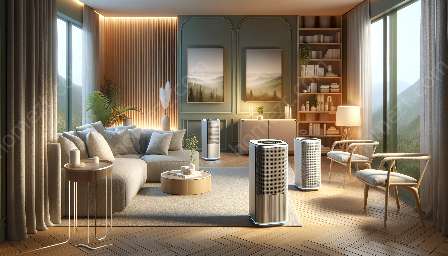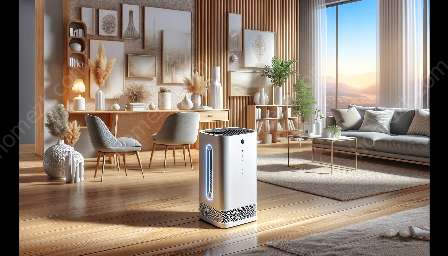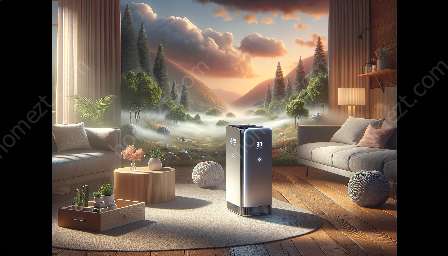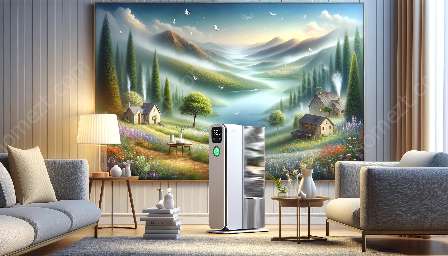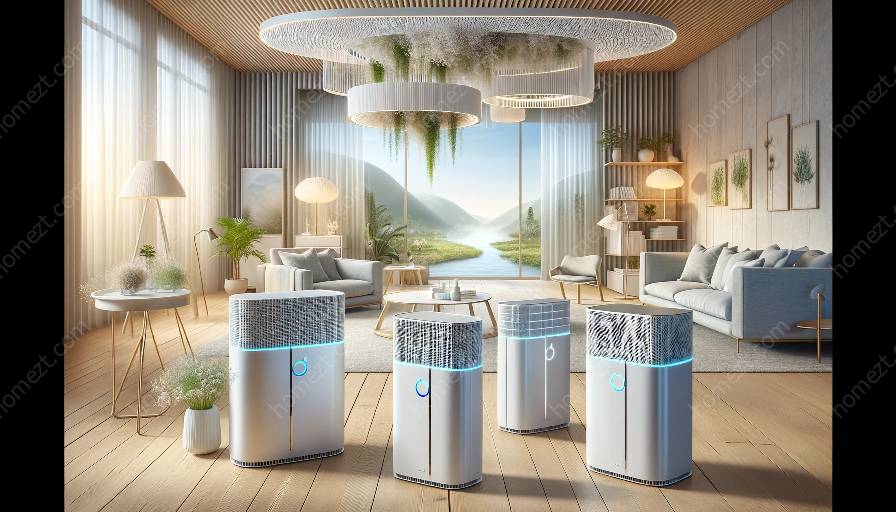Allergies can be a major concern for many individuals, causing discomfort and decreased quality of life. For people with allergies, particularly to airborne particles such as dust, pollen, and pet dander, finding relief can be a significant challenge. This is where air purifiers come in, offering a promising solution to improve indoor air quality and alleviate allergy symptoms.
The Role of Air Purifiers
Air purifiers are designed to remove airborne pollutants and allergens from indoor spaces. These devices work by drawing air into the unit, where it passes through a series of filters that capture and trap particles, allergens, and other impurities. The cleaned air is then released back into the room, creating a healthier and more breathable environment.
For individuals with allergies, air purifiers can be particularly beneficial in reducing exposure to common triggers, such as dust mites, mold spores, and pet dander. By removing these allergens from the air, air purifiers can help minimize allergy symptoms and provide much-needed relief.
Effectiveness of Air Purifiers for Allergies
Several studies have demonstrated the effectiveness of air purifiers in reducing allergy symptoms and improving overall air quality. One study published in the Journal of Allergy and Clinical Immunology found that using HEPA (high-efficiency particulate air) filters in air purifiers significantly reduced airborne allergens and improved symptoms in individuals with allergic rhinitis.
Another study, conducted by the American College of Allergy, Asthma & Immunology, highlighted the benefits of air purifiers for pet allergy sufferers. The research showed that air purifiers equipped with HEPA filters effectively removed pet allergens from the air, leading to a reduction in allergy symptoms and improved quality of life for participants.
Choosing the Right Air Purifier
When selecting an air purifier for allergies, it's essential to consider certain factors to ensure its effectiveness. Look for models that feature HEPA filters, which are capable of capturing small airborne particles, including allergens. Additionally, consider the device's CADR (clean air delivery rate) and room size coverage to ensure it can effectively purify the air in your living spaces.
It's also worth noting that some air purifiers include additional features, such as activated carbon filters for odor removal, UV-C light for germ elimination, and air quality sensors for automatic adjustment. These extra functions can enhance the overall performance of the air purifier and contribute to better indoor air quality.
Integrating Air Purifiers into Home Appliances
As home appliances continue to advance in technology and functionality, integrating air purifiers into existing systems has become increasingly popular. For example, some modern HVAC (heating, ventilation, and air conditioning) systems are equipped with built-in air purifiers, providing whole-home air purification and allergen control.
Furthermore, standalone air purifiers are designed to blend seamlessly with various home appliances, offering sleek and space-saving designs that complement modern interiors. With the growing emphasis on healthy living environments, manufacturers are constantly innovating to create air purifiers that harmonize with the aesthetics and functionality of other household devices.
Conclusion
Air purifiers have proven to be effective tools for managing allergies and improving indoor air quality. By capturing and removing airborne allergens, these devices can significantly alleviate allergy symptoms and create a healthier living environment. When choosing an air purifier for allergies, consider the features, performance, and compatibility with your existing home appliances to maximize its benefits. With the right air purifier, individuals with allergies can breathe easier and enjoy a more comfortable home.

